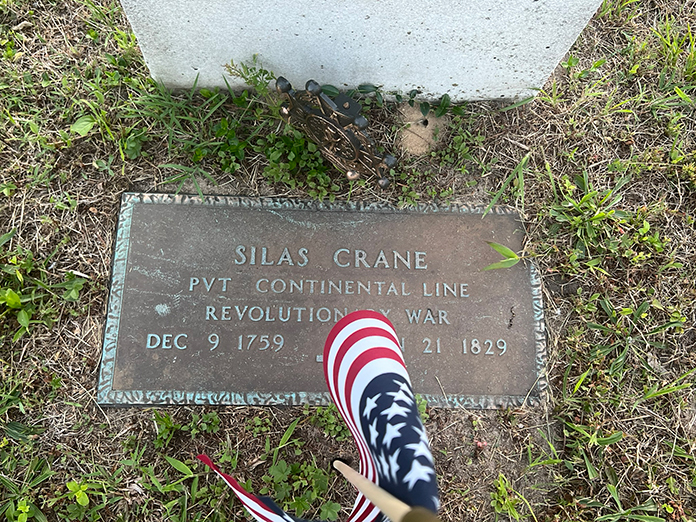
STAFFORD – As the local community recently celebrated its 275th anniversary, a look back reveals a fascinating history intertwined with the Jersey Shore. In the 1700s, the region was part of Shrewsbury Township in Monmouth County. It was then that settlers with European roots arrived and laid the foundation for what would become Stafford Township.
Stafford Recreation Director Jason Hazelton said his family has lived in the township for nine or ten generations. Hazelton’s commitment to bringing the best to residents and guests demonstrates the long-standing pride that comes with his legacy.
“My family was originally from Staffordshire, England,” Hazelton shared. “Many people who came here came from there – and that’s how the town got its name.”
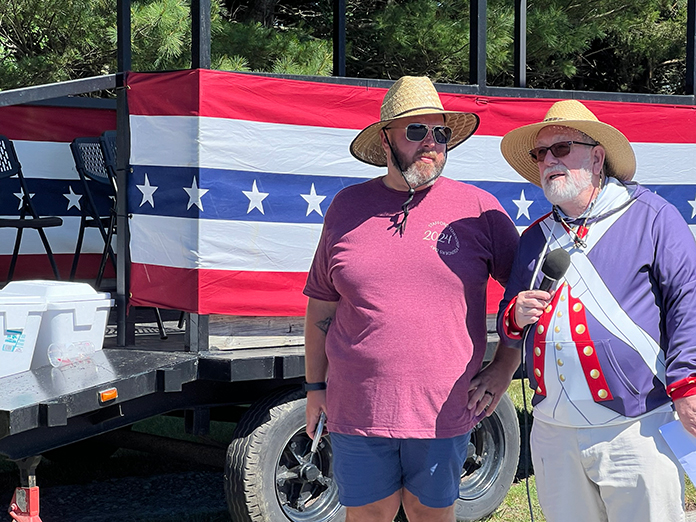
Stafford Township’s website and its Historical Society page offer extensive information about the town’s early history. The municipality once covered a much larger area that included what are now Waretown, Barnegat, Eagleswood, and a significant portion of Long Beach Island.
“The township was founded in 1749,” Hazelton added. “This year is also the 60th anniversary of the Founder’s Day Celebration as we know it.”
Hazelton explained that the Founders Day celebration was born out of the Stafford Historical Society in 1964 when they celebrated the Tercentenary year, the 300th year of New Jersey. A grassroots movement pushed for an annual Founders Day that led to a parade with different routes year after year.
While Stafford Township reflects the overall name of the municipality, several communities fall under the local governing body’s responsibility. Among them is Manahawkin, whose name traces back to its connection to the Lenape tribe. Other affiliated areas are Cedar Run, Mayetta, and much of Warren Grove. As a bedroom community, the area also includes developments in Ocean Acres, Fawn Lakes, and Beach Haven West.
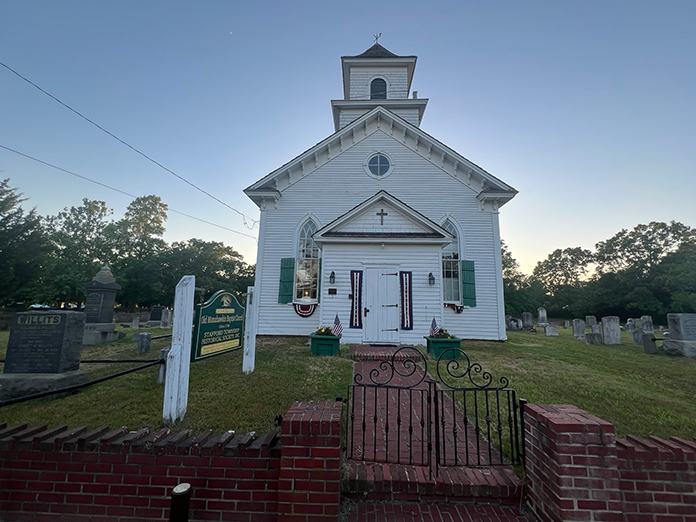
Tim Hart, Division Director of the Ocean County Cultural & Heritage Commission, has done a great deal of research concerning the early settlers of Stafford. He recently shared some information about the American War of Independence era.
A battle occurred on what is now Route 9 in Manahawkin on December 3, 1781 when John Bacon, a Loyalist, was coming from the Cedar Bridge Tavern. Bacon came down the road between the high school and middle school with his men, heading down to Tuckerton.
“About 27 men from the Manahawkin Militia were at the tavern and they had a battle,” said Hart. The skirmish went from the church all the way down to about where the bridge is, and Lines Pangborn was killed by Bacon’s men. Sylvester Tilton was severely wounded.”
Hart said the Manahawkin Militia encountered John Bacon and his loyalists about ten times and the Loyalists always won. The militia actually walked for 45 miles to the Battle of Monmouth, although they were not used and kept in reserve.
“Our militia, although brave and honorable people, didn’t have any victories,” Hart summed up.
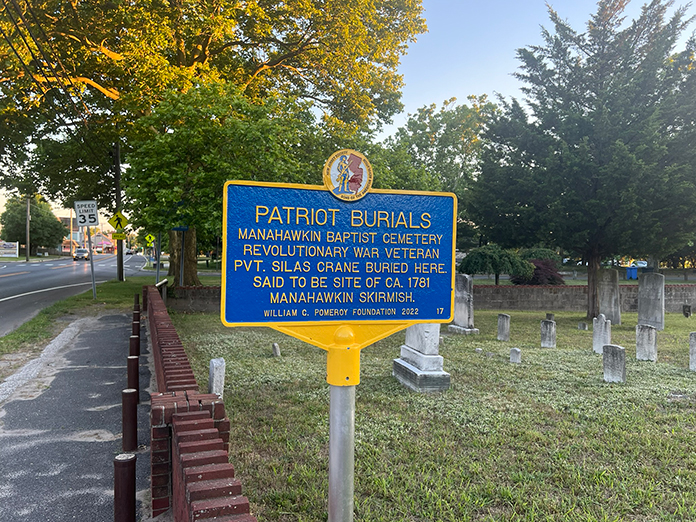
Many of the houses along the historical section of Manahawkin date back to the 19th century. However, the Old Manahawkin Baptist Church across the street from the Ocean County Library dates backs to the mid-1700s and is believed to be the first house of worship in the area.
The cemetery located on both sides of the church remains the resting place for generations of people dating back to the community’s early formation. Among those buried there is Silas Crane, who served as a private in the Revolutionary War and died in 1829.
A History Ripe Beyond the Beaches
While renowned for its sandy shores and seaside charm, Stafford Township boasts a history far richer than meets the eye. This vibrant community played a significant role in the development of the New Jersey cranberry industry.
In the 19th century, Nathaniel Holmes Bishop III emerged as a key figure in the development of the cranberry industry. Bishop’s successful cranberry plantations in Stafford Forge were not only productive, but also garnered national attention, with features in magazines of the late 1800s.
But Stafford Township’s story extends beyond cranberries. The year 1871 marked a turning point with the arrival of the Tuckerton Railroad, connecting Manahawkin to the post-Civil War boom. This transportation revolution wasn’t the only connection to the Civil War era.
Brigadier General William Grier, a hero of both the Civil War and Indian Wars, arrived in Manahawkin as the face of the Stafford Land Company. Grier played a pivotal role in developing the “old section” of Manahawkin, even chartering a special train in 1872 to bring over 1,500 people for a massive land auction.
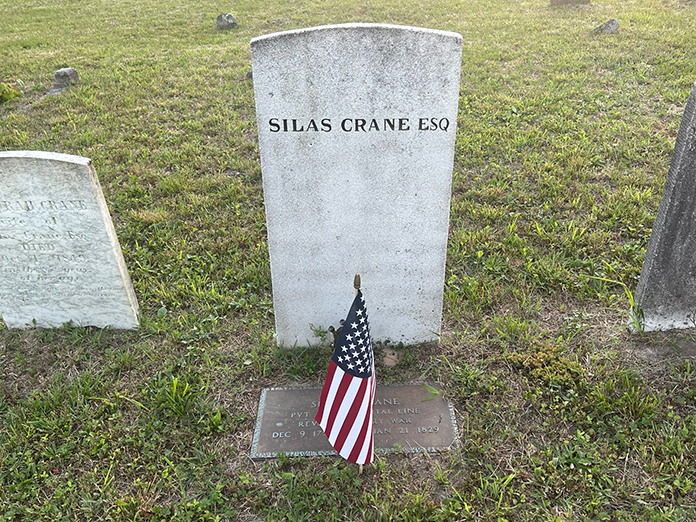
Land continued to rise in value as time went on as people began to travel to the area to enjoy the area’s summer charm. By the start of the 20th century, people began passing through Stafford on their way to vacation spots on Long Beach Island.
It didn’t take long for the community to grow into an area where people settled year-round. Some assert that the convenience of the Garden State Parkway made the community more accessible.
Located in the center of the Pine Barrens and by major waterways, construction within the community was initially slow. Government regulations prohibited a great deal of development in the beginning. Nearly an estimated 29,000 people now live in Stafford according to the latest census reports.
Meanwhile, Route 72 provides access to those looking to visit the ocean shores on Long Beach Island. A drive-in movie theater once stood across the way from the Manahawkin Lake. A small airport even had a landing strip where planes could park and take in a movie on another screen.
Chain stores have come and gone along the Route 72 highway, while car dealerships continue to attract business. The community also boasts its own performing arts theater. The Stafford Township Arts Center, or STAC runs parallel to the main highway on McKinley Boulevard.
Stafford Township served as home to several well-known athletes. Doc Cramer, a notable baseball player who competed in four different American leagues, has a stadium named after him in the community. Football players Glenn Carson and Mike Gesicki also come from Stafford. Additionally, the local Truex family boasts three race car drivers from the area.






